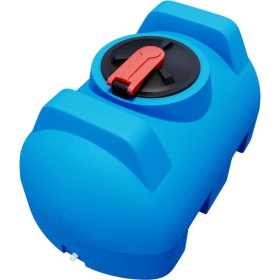Kubaton GE liquid transfer tank
- Capacity 500 l
- Low centre of gravity and leak-proof lid
- Monolithic construction
star_border star_border star_border star_border star_border
0 Review(s)
Price
PLN1,032.95
Regular price
PLN1,087.32
PLN839.80
tax excl
Lowest price: PLN1,087.32 -5%

